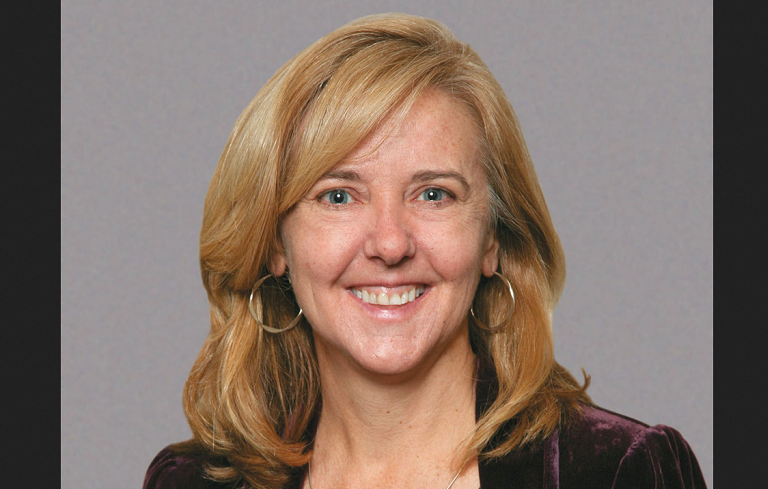An OB-GYN and medical researcher urged the U.S. Food and Drug Administration to reverse course on its decision to end in-person medical supervision for abortion drugs after a new report warns emergency room doctors to watch for potentially life-threatening undetected ectopic pregnancies.
Dr. Ingrid Skop, an OB-GYN for more than 25 years and a senior fellow with the Charlotte Lozier Institute, spoke with the Christian Post this week about how dangerous abortion drugs can be for pregnant mothers as well as their unborn babies, especially if taken without medical supervision.
In late 2021, the Biden administration got rid of a requirement that the abortion drug mifepristone be provided to women in person by a medical professional. Now, abortion businesses are selling abortion drugs through the mail without ever seeing the woman.
Many doctors and pro-life leaders warned that this decision would put unborn babies and mothers at an increased risk. Then last week, The New England Journal of Medicine published an article urging emergency room doctors to watch for ectopic pregnancy signs in patients who come in after taking abortion drugs.
Please follow LifeNews on Rumble for the latest pro-life videos.
Skop told the Christian Post that abortion drugs are not a treatment for an ectopic pregnancy because they “exert their action on the uterus” and an ectopic pregnancy occurs outside of the uterus. The condition can be life-threatening if not treated.
One of the many problems with removing the in-person supervision requirement is that the effects of the abortion drugs and symptoms of an ectopic pregnancy are similar, Skop continued.
Here’s more from the report:
The pro-life doctor noted that a woman might think the pain and bleeding she’s experiencing are a sign that the chemical abortion drugs are working, but it could actually be a sign that her life is in danger. Skop said that when a tube ruptures in an ectopic pregnancy, it cannot contract and cut off the flow of blood, and a woman can bleed to death.
“So, it’s very cavalier to say, ‘Oh, watch out for this in a woman who presents to the emergency room,” Skop said. “By the time she’s in the emergency room, she may be in very dire straits. The time to be concerned about this is prior to prescribing the chemical abortion pills.”
She said the authors of the journal article should have urged the FDA to reinstate the in-person requirement so that women are being screened properly prior to the abortion.
“The loosening of these restrictions in a way that clearly will put women’s lives at risk while seeking a chemical abortion is a dereliction of their duty,” Skop said. “And I think [the FDA] can reexamine the evidence, and they can back up, and they can put these in-person restrictions back in place.”
In November, pro-life doctors filed a lawsuit accusing the FDA of ignoring the dangers when it approved the abortion drug in 2000 and expanded its use in 2021.
The drug mifepristone, typically used with a second drug, misoprostol, now is used to abort more than half of all unborn babies in the U.S. every year, or nearly half a million, according to the Guttmacher Institute.
The FDA also has linked mifepristone to at least 26 women’s deaths and 4,000 serious complications between 2000 and 2018. However, under President Barack Obama, the FDA stopped requiring that non-fatal complications from mifepristone be reported. So the numbers almost certainly are much higher.
Studies indicate the risks are more common than what abortion activists often claim, with as many as one in 17 women requiring hospital treatment. A recent study by the Charlotte Lozier Institute found that the rate of abortion-related emergency room visits by women taking the abortion drug increased more than 500 percent between 2002 and 2015.
Another new study from the University of Toronto, “Short-Term Adverse Outcomes After Mifepristone–Misoprostol Versus Procedural Induced Abortion,” published in the Annals of Internal Medicine, found that one in ten women who took the abortion pill had to go to the emergency room, according to Pregnancy Help News.
In England, which began allowing mail-order abortion drugs around the same time as the U.S., new investigations show a huge increase in ambulance calls and reports of coercion and abuse. There also have been reports of late-term babies being born alive at home as a result of mail-order abortion drugs because their mothers did not realize how far along they were.








